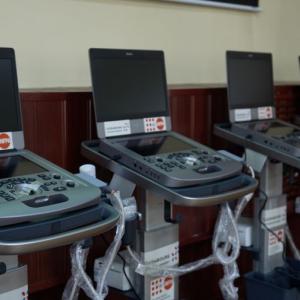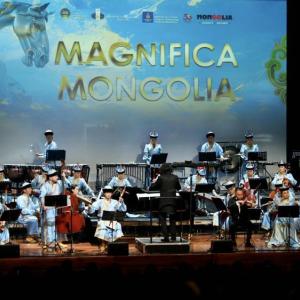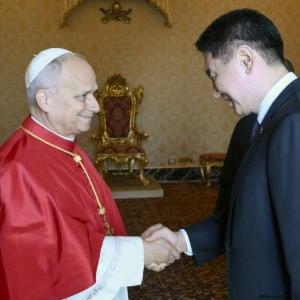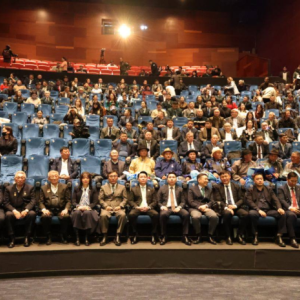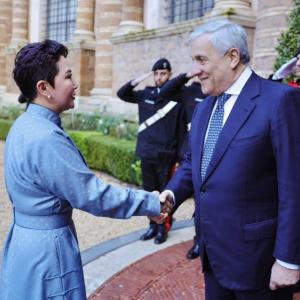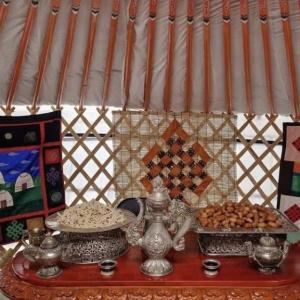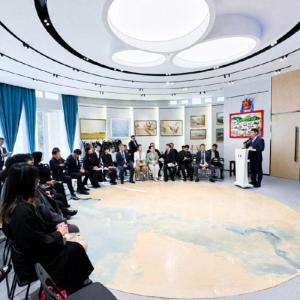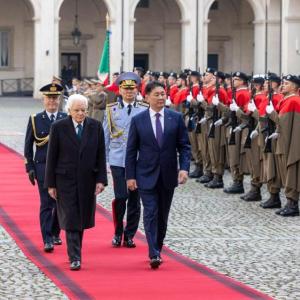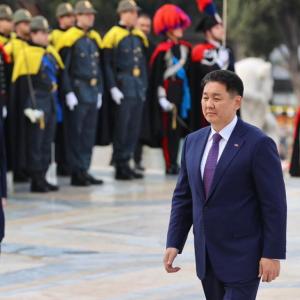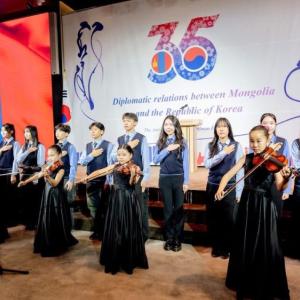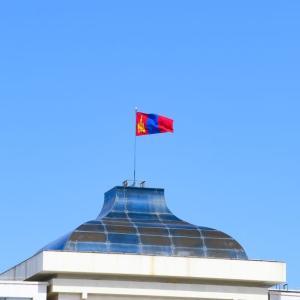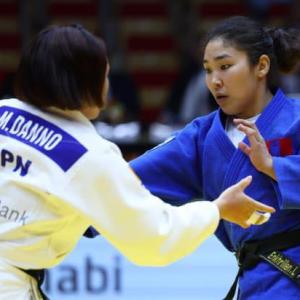From the Fine Arts Zanabazar Museum: Percussion Instruments
Art & Culture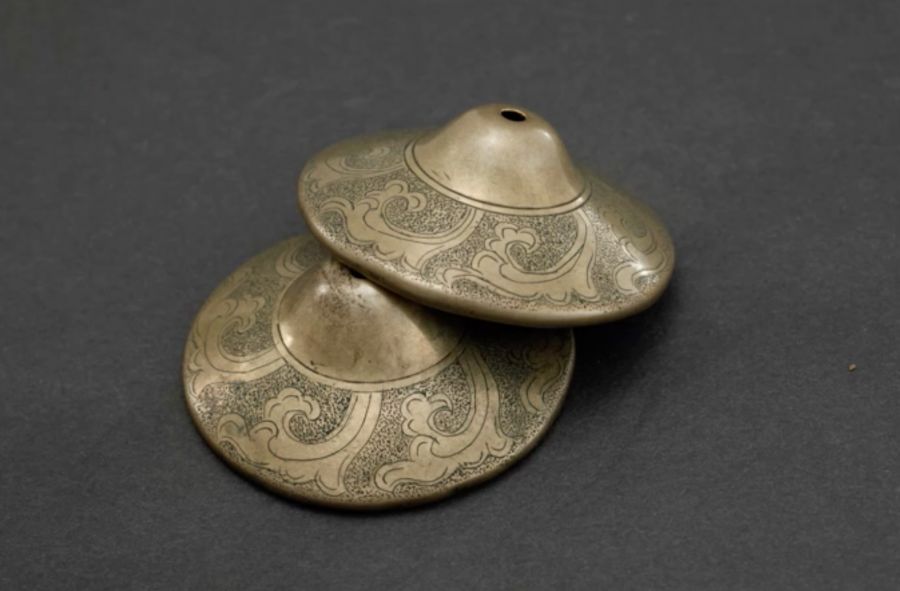
Ulaanbaatar /MONTSAME/. The Fine Arts Zanabazar Museum currently keeps a certain number of percussion instruments that are recorded to have been used in shaman and Buddhist practices as well as during wars and conquests throughout history.
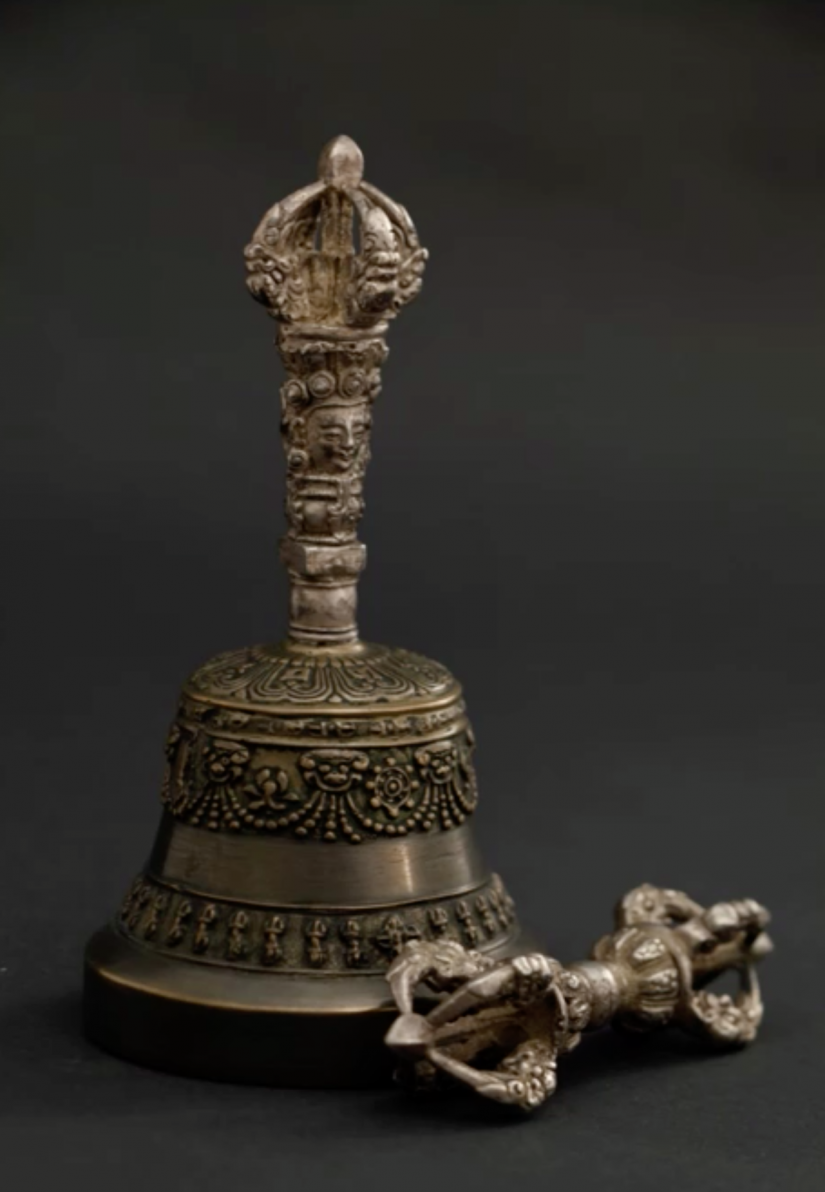
The bell with ochir (Vajra)
Despite there being many bells of this particular type varying in design, the one that is most commonly used is the bell used during gatherings. The bells are divided into two groups based on its appearance: patterned and plain - each used for different religious purposes.
It is made with an ochir at the top of its handle.
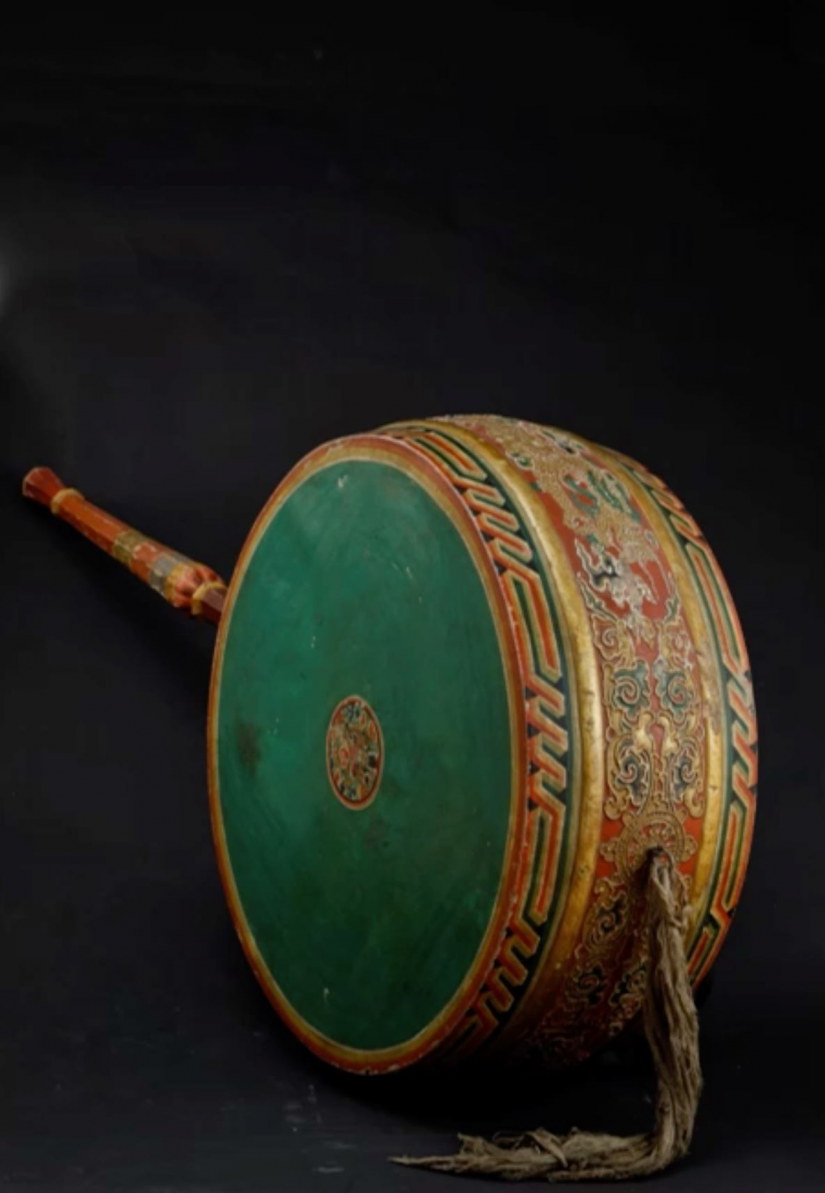
Khengereg (Double headed drum)
With cowhide or goatskin stretched over the wooden frames, it has drumsticks made of willow or cedar wood. The instrument makes a low thundering sound. Historical sources have recorded that 40 types of khengeregs were used for the purposes of palace music from the 13th to 14th century.
Aside from using the instrument in shamanic rituals, palace music, and changing of guards, it was common for those of shamanic beliefs to play the instrument. While khengeregs made with cowhide were used prior to wartime conflict by ancient Mongols, it later came to be more commonly used for the religious dance - Tsam.
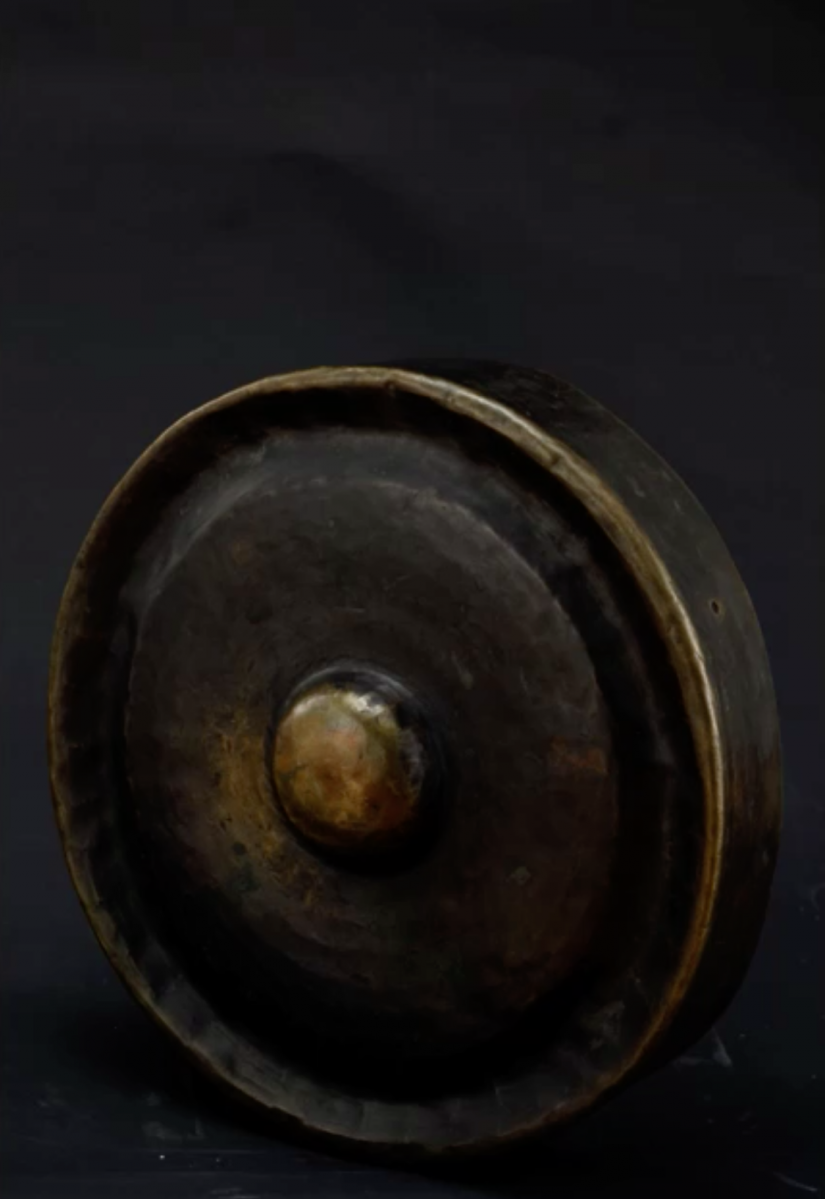
Kharanga (Gong)
Made with bronze, the instrument was often used to invite monks into the gathering hall for scheduled recitation of religious sutras as well as to call them back inside after breaks. In the modern time, it is commonly used to signal the start of a play or during auctions.
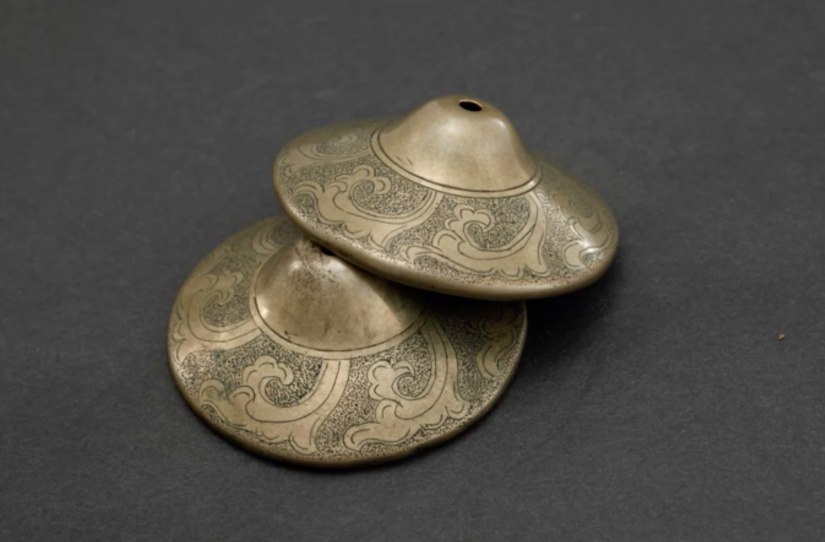
Cymbals
Made with brass, cymbals were mainly used during Buddhist chantings.
Mongolian craftsmen have been recorded to have worked on developing the “recipe” to create cymbals that make a great sound. Their work led to the conclusion that cymbals that are made with a mix of cast iron, silver, and copper make vivid sounds, making an even more thunderous sound the larger it is. The instrument also varies in tones depending on its size.

Duudaram (Gong-chimes)
Duudaram is a percussion instrument made of small bronze plates that are each placed inside a wooden frame, lined up in four in the middle and three on the sides. It is played with a bamboo stick.
According to available historic records, the instrument was originally played during the Yuan Dynasty and later “borrowed” for conducting religious ceremonies. It has a melodious sound that would remind one of a mountain stream.
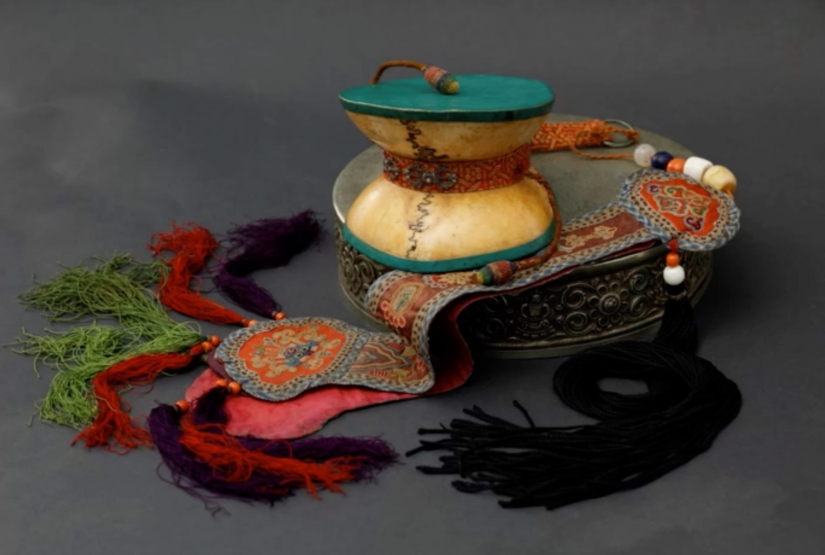
Damar (Double-headed hourglass drum)
Damar is a small double-headed drum in the shape of an hourglass. It has two suspended pellet strikers. The instrument is made with hide, sandalwood, and ivory as well as a human skull in some cases.
Colored threads, tassels, intricately sewn embroidery, precious stones as well as other items are used to decorate the instrument. It is commonly used alongside the bell with ochir in chantings of Buddhist sutras.
 Ulaanbaatar
Ulaanbaatar









